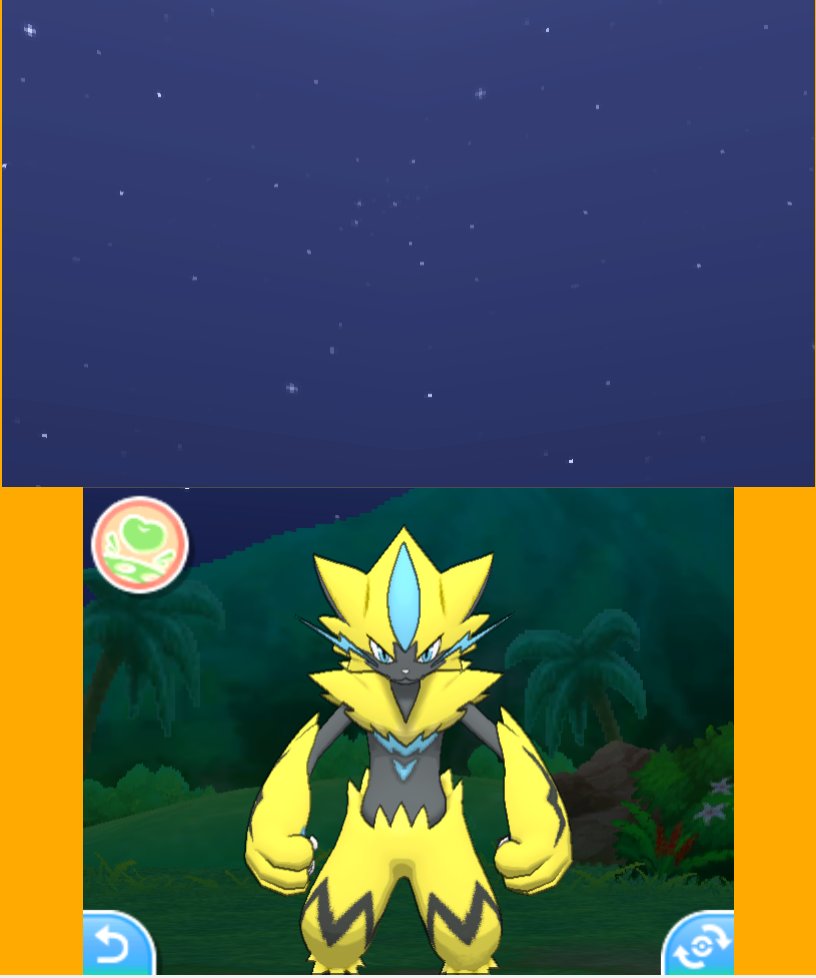


Here, we'll have a look at the various breeding mechanics and features in Pokémon Sun and Moon. She gives you the Hidden Power TM and will tell you what type the Hidden Power for each Pokémon will be, which is based on IVs. The Hidden Power NPC is found at Paniola Ranch inside the Nursery. An easy Pokémon with Flame Body to catch would be Fletchinder, which can be found on Route 8 on Akala Island. If a Pokémon with the ability Flame Body or Magma Armor is present in your party, the steps it takes for an Egg to hatch will be halved. A Ditto with these IVs may be obtained here or by chaining using SOS encounters for some time. This will come into effect more when we learn about breeding perfect Pokémon. Having access to a Ditto with 31 IVs in 5 or 6 stats is strongly encouraged because Ditto can breed with almost any Pokémon, as well as being required to breed genderless Pokémon. Pokémon in this Egg Group can't breed at all. Undiscovered Group: Some examples include Mew, Ho-Oh, Deoxys, Mesprit, Zekrom, Yveltal, and Lunala.Water 3 Group: Some examples include Tentacruel, Corsola, Cradily, Drapion, Carracosta, Barbaracle, and Crabominable.Water 2 Group: Some examples include Seaking, Lanturn, Sharpedo, Lumineon, Basculin, Malamar, and Wishiwashi.Water 1 Group: Some examples include Poliwrath, Mantine, Gorebyss, Floatzel, Greninja, and Araquanid.Monster Group: Some examples include Kangaskhan, Tyranitar, Aggron, Rampardos, Haxorus, Aurorus, and Salazzle.Mineral Group: Some examples include Golem, Steelix, Shedinja, Probopass, Gigalith, Aegislash, and Minior.Amorphous Group: Some examples include Muk, Magcargo, Swalot, Banette, Eelektross, Gourgeist, and Mimikyu.Flying Group: Some examples include Pidgeot, Crobat, Swellow, Staraptor, Sigilyph, Noivern, and Oricorio.Grass Group: Some examples include Victreebel, Bellossom, Ludicolo, Tangrowth, Torterra, Ferrothorn, Trevenant, and Comfey.Human-Like Group: Some examples include Hitmonlee, Gardevoir, Toxicroak, Electivire, Conkeldurr, and Hawlucha.Ditto Group: Ditto is the sole Pokémon in this Egg Group.Field Group: Some examples include Raticate (both formes), Typhlosion, Manectric, Luxray, Stoutland, Pyroar, and Lycanroc.Fairy Group: Some examples include Clefable, Azumarill, Delcatty, Roserade, Whimsicott, Carbink, and Ribombee.Dragon Group: Some examples include Charizard, Kingdra, Salamence, Hydreigon, Goodra, and Kommo-o.Bug Group: Some examples include Butterfree, Scizor, Flygon, Yanmega, Volcarona, Vivillon, and Golisopod.If two Pokémon are of different genders and share at least one Egg Group (excluding Undiscovered and Ditto), they will be able to breed when placed in the Nursery.
/cdn.vox-cdn.com/uploads/chorus_image/image/56076393/DGgL71nUQAA4QDR.0.jpg)
All Pokémon belong in at least one Egg Group, while some belong in two, similarly to typings. Egg GroupsĮgg Groups are categories that determine which Pokémon are compatible with one another when breeding. For example, if a female Bagon and a male Charmander breed together, the offspring will be a Bagon. When a male and female Pokémon breed, the female determines what species the offspring will be. Numerous breeding mechanics in Sun and Moon were changed from those in Gen VI (see below), and in this guide, you will find all you need to know about those changes and how you can become a breeding expert.īreeding Tips and Tricks Species Determination In Sun and Moon, Pokémon can be bred at the Pokémon Nursery at Paniola Ranch on Akala Island. Breeding Pokémon Eggs has been a very important part of Pokémon games since its introduction in Generation 2, and in this guide, we will assist you in breeding Pokémon to the best of your abilities.


 0 kommentar(er)
0 kommentar(er)
